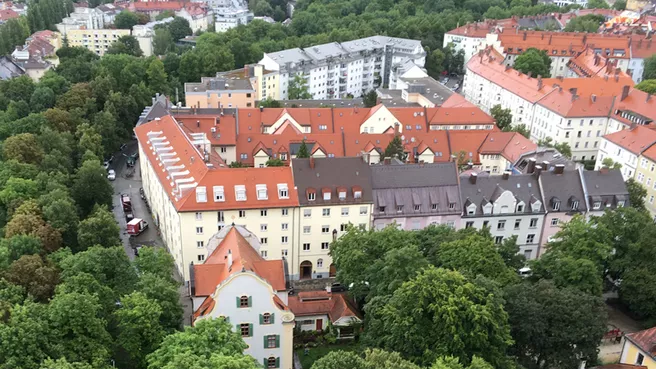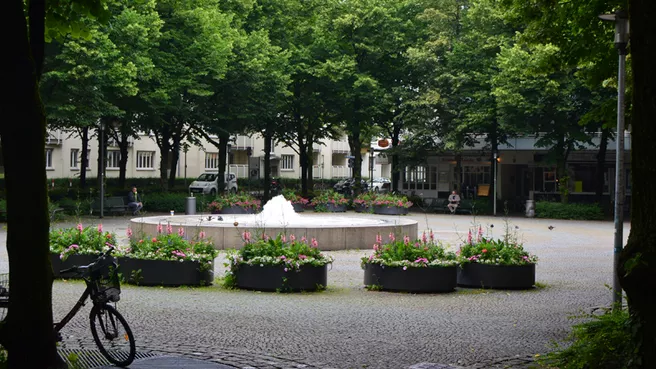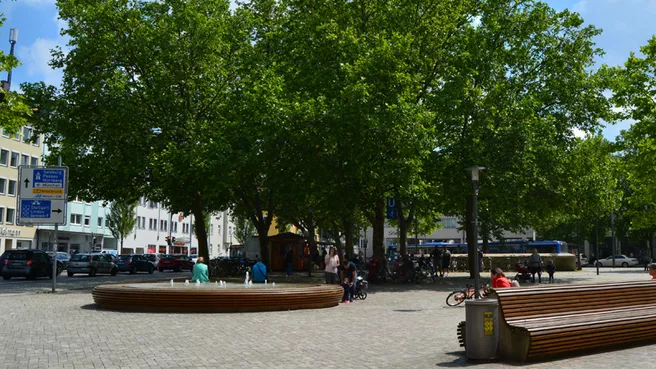Urban Green Infrastructure (UGI) is considered a promising approach to improving the sustainability, resilience, and quality of life in cities through the development of networks of both green and blue open spaces. “By providing ecosystem services, Urban Green Infrastructure can fulfill multiple functions such as cooling cities during midsummer heat, preventing flooding from heavy rains, and promoting biodiversity,” explains Professor Stephan Pauleit.
Innovative approaches to urban green infrastructures.
In order to understand and better utilize the potential contribution of Urban Green Infrastructure to cities, they must be thought of as living systems, in which a deeper understanding of the relationship between people, animals, and plants in their shared urban environment is necessary. To this end, experts from the fields of urban planning, water research, architecture, ecology, and environmental medicine have joined forces to develop innovative approaches for high-performance Urban Green Infrastructures within the framework of a Research Training Group.
Research training Groups facilitate high, professional level doctoral studies
Research Training Groups provide doctoral candidates the opportunity to complete their programs in a structured research and qualification program at an extremely high, professional level. The students go through a specific and innovative qualification program of inter-and transdisciplinary research within the framework of a systemic approach to thinking. They work with and are guided by leading researchers in the fields of urban planning, ecology, engineering, and environmental medicine. Cooperation with the city of Munich ensures practice-oriented research.
Interdisciplinary research in research clusters
The Research Training Group has three interacting research clusters dealing with climate resilience, energy efficiency, and sustainable stormwater management in the transformation of urban spaces. In addition to the eleven professors from the TUM School of Life Sciences and the School of Engineering and Design, there are also scientists from the University of Augsburg and the Helmholtz Zentrum München involved in the College.
More Information:
Editing:
Susanne Neumann
TUM School of Life Sciences
Press and Public Relations
Scientific contact:
Prof. Dr. Stephan Pauleit
TUM School of Life Sciences
Chair for Strategic Landscape Planning and Management
Tel. + 49 8161.71.4780
pauleit(at)tum.de


